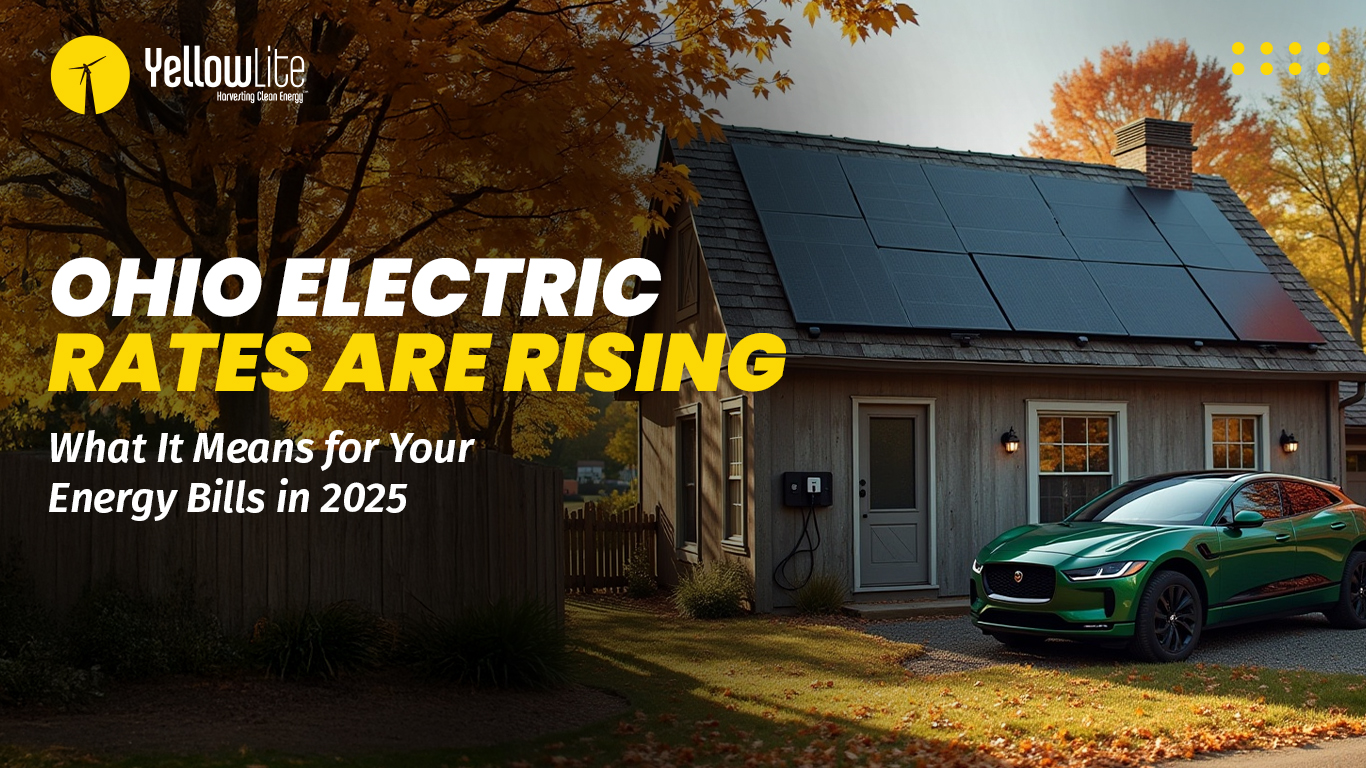As the strain on our natural resources continues to grow, businesses are turning to solar power as a viable alternative energy source. With a record year in solar production, the United States currently harvests enough solar energy to power over four million American households, and the number is growing daily. As the technology becomes cheaper and easier to mass produce, society is starting to make a slow and steady shift to renewable solar energy.
Capacity Overview
Currently, the United States isn’t quite ready to make the switch to solar energy as a primary power source, but in the past year alone, we have made significant strides. At present, we have installed enough production facilities and receptors to provide 6201 MV, as of the end of 2014. This is a significant leap from 2013, when we had 30% less than this. The industry has grown, allowing us to focus 20 GW of concentrated solar energy. This is an incredible number, and more than enough to power any major American city. The growth in solar harvesting has also led to a job surge, with over 175,000 Americans employed, all related in some degree to the solar boom.
Major Factors to Solar Surge
There are several factors behind this boom in the solar industry.
-
Increase of Investment Tax Credit
The first, and most prevalent factor, is the eight year increase of the Investment Tax Credit. This applies to renewable energy contracts, and was actually a leftover from a 2008 bailout measure signed by George W. Bush. This tax credit has helped encourage solar research by firms that might not have made the investment otherwise. -
Obama’s Solar Friendly Approach
The second factor behind this rush of solar production is the Obama administration’s solar-friendly approach. Instead of simply giving out guaranteed loans and tax credits, the Obama administration has been rewarding companies behind solar development with straight cash payments, which has again made the research attractive. -
Renewable Energy Source
Other factors for the surge can be traced to state portfolio standards for renewable energy. As more states recognize the need for alternative energies, more are making it mandatory that a certain percentage of their industry be focused on solar and alternative industries. -
Drop in Cost
Finally, the boom has been helped by the massive drop in cost of the technology behind solar energy. As the panels become cheaper to produce and more viable, especially in terms of environmental durability and how much energy output they can be responsible for, more companies have begun to see the benefit of going solar.
Solar Projected to Account for 1% of U.S. Electricity Generation
One of the most exciting numbers to come out of the current research is that, as of now, solar energy accounts for 1% of the US energy grid’s output. This may not sound all that impressive, but when you look at the sheer number of homes, businesses, and every other aspect of life that revolves around electricity, it becomes clear that this is a significant margin. Also, when you consider that solar wasn’t contributing until after 2008, the growth is incredible. Based on the current models, it is predicted that by 2030 the United States will draw over 10% of its power from solar production. This will be a massive scale back from resources such as oil, coal, and gas.
15 Solar Market Pathway Programs
There are a multitude of incentives for businesses to go solar, including $15 million devoted toward 15 Pathway Programs to help with innovative solar projects. These organizations include, but are not limited to, the cities of San Francisco and New York, Cook County, IL, the State of Virginia, and the Solar Electric Power Association of Washington DC.
The most exciting thing about different organizations studying and inventing new and better ways to harvest solar energy is that they are being backed by government offices, universities, and power companies. These aren’t minor operations, either. Many of these are located in major cities, and are designed to give back significantly to the communities that have founded them.
Solar Jobs Increasing Steadily
The nation’s largest producer of solar technology and a private corporation, Solar City, hired over 4,000 new employees last year. Currently, there are more workers in the solar energy industry than there are coal miners in the US. As of 2015, 1 in 78 jobs that are created are done so in the solar industry, and what’s so exciting is that there is no sign of this growth stopping.
In many industries, production is halted by an over-saturation of the marketplace, but with solar that doesn’t seem to be happening. As more solar harvesting takes place, the industry proves itself a more viable source of income, energy, and opportunity. In addition, with new advances in home electric storage and generation, many people across the country are also contributing through buying solar panels for their home or by supporting legislation that allows for solar farms in their communities.
Future of Solar Energy
Solar energy is taking off in a big way, and it’s not slowing down. The industry shows signs of significant growth as we enter the latter half of the decade. Some analysts predict that there will be over 36,000 new solar jobs available by 2020, and that new regulations will push the industry even further.
With so much uncertainty in industries like natural gas and fracking, it’s no wonder that industries are turning to solar for their energy needs. As our nation’s fracking industry is currently being chocked by over-production overseas, and as coal is considered limited and dangerous to mine, solar is becoming the clean, safe, and ever-present energy source in the United States. With so many regions given exposure to natural sunlight, growth in the solar market is certain.
While solar energy probably won’t overtake natural resources in our lifetime, it will emerge as one of the dominant energy sources for Americans, and help pave the way to a cleaner and brighter future for all.
Do you have more questions about solar energy growth in the United States? Contact YellowLite today. We're happy to answer any of your questions.



